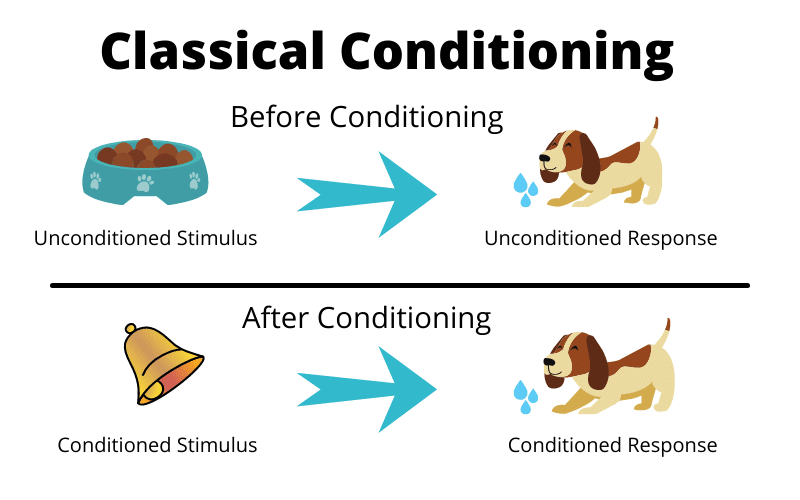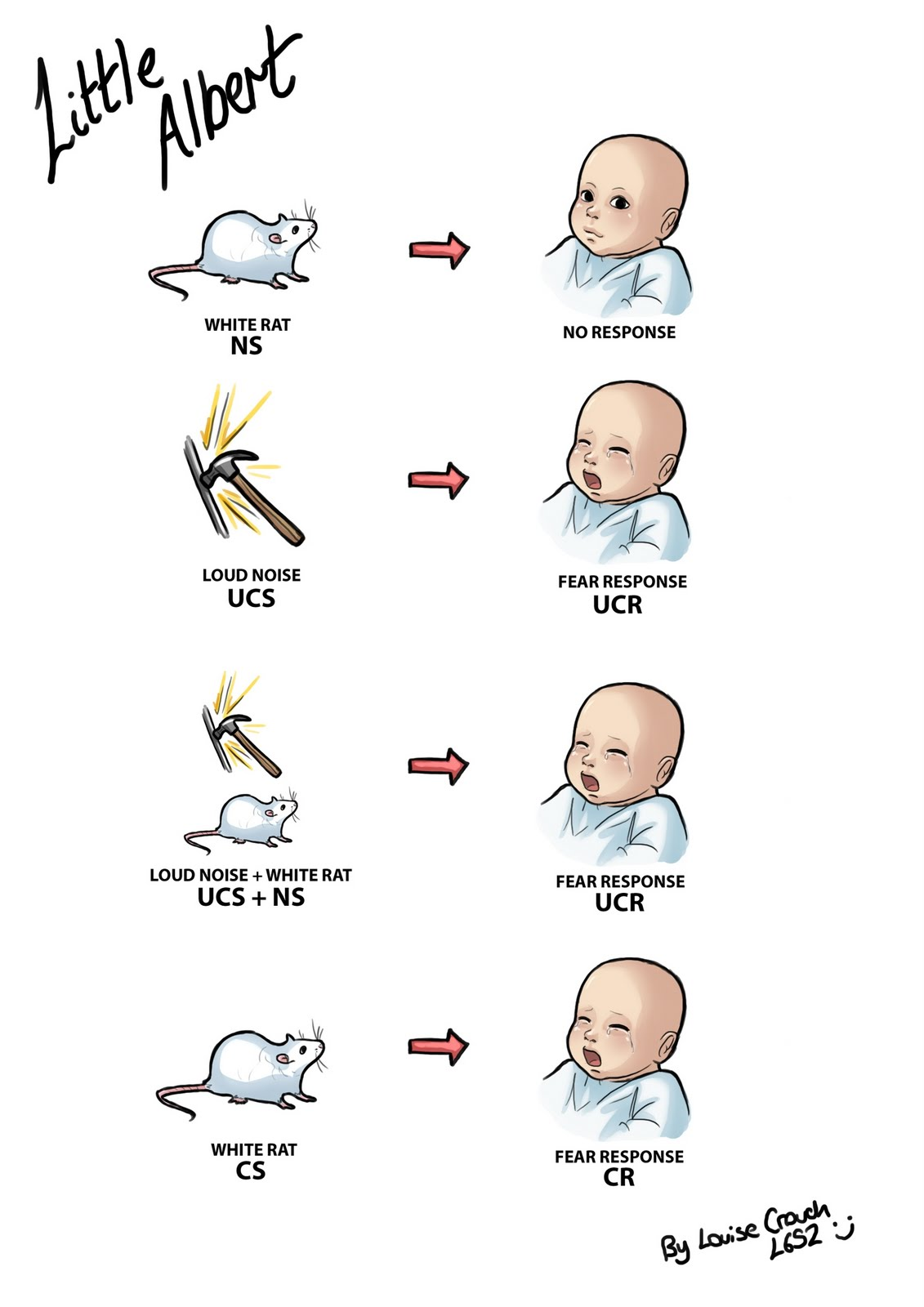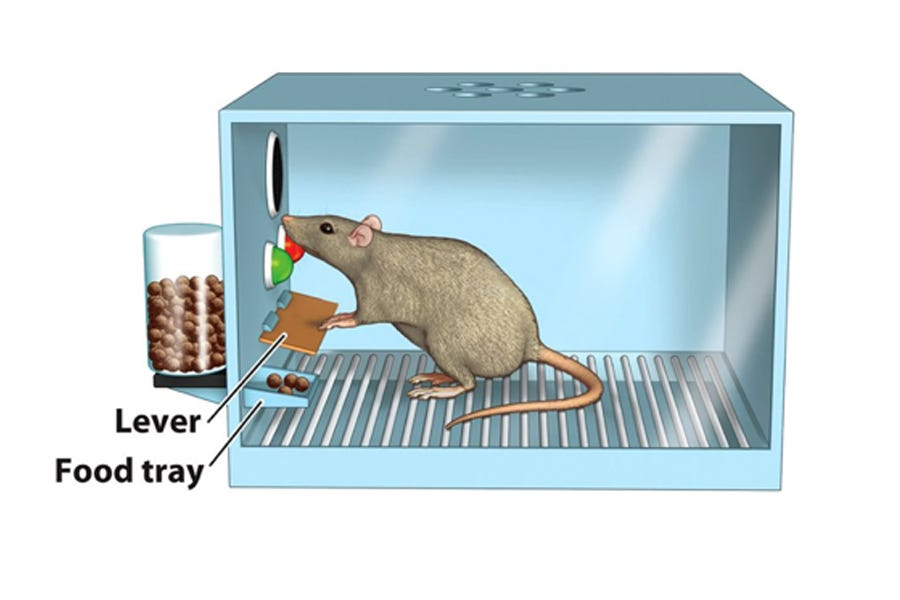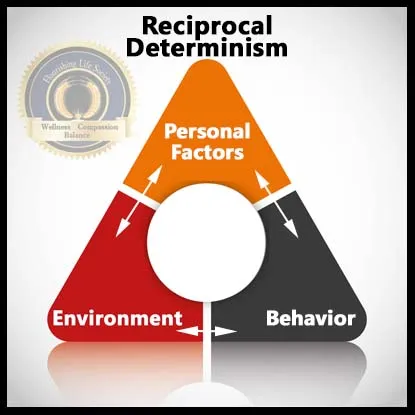Chapter 2 and 4 - introduction and cognitive-behavioral approach
1/53
Earn XP
Description and Tags
The Individual
Name | Mastery | Learn | Test | Matching | Spaced |
|---|
No study sessions yet.
54 Terms
Ivan Pavlov
Founding father of behaviour therapy. Classical conditioning.
Cognitive-behavioral therapy
Randomized clinical/controlled trials (RCT)
Classical conditioning
Pavlov. Dogs start to salivate when hearing the bell, as they think food is coming. The dog learns that every time the bell rings, food is coming.

Contingency
Predictability and strength of the association (classical conditioning). How likely is the dog to start salivating when hearing the bell?
Little Albert
Watson. Little Albert was conditioned to fear a white rat by pairing it with loud noises.

Operant (instrumental) conditioning
Skinner.
Skinner box
Rat in box (handle/light) + push handle → food

Schedules of reinforcement
When and how often reinforcement is delivered after the behavior. The types are fixed ratio, variable ratio, fixed interval, and variable interval schedules.
Shaping
Reinforce successive approximations of the target behavior until it is achieved.
Extinction
The reinforcing stimulus does not appear after a response; therefore, the response decreases over time.
Spontaneous recovery
Discriminative stimulus
Respondent behaviors
Involuntary and reflexive nature
Behaviorism
Interested in why people behave in certain ways. Stimulus → black box → response.
John Watson
Founding father of behaviour therapy.
Burrhus Skinner
Founding father of behaviour therapy. Operant conditioning.
Model learning
Bandura
Reinforcement
(+) Adding something positive, or (-) removing something negative
Punishment
(-) Removing something positive, or (+) adding something negative
Social learning theory
Modeling or observational learning. The role of observation and imitation in learning.
Social learning theory: attention
The behavior must be captivating and worth imitating.
Social learning theory: retention
Observers must store the behavior in their mind, just noticing is not enough, it must be remembered.
Social learning theory: motor reproduction
Ability to perform the behavior that we observe.
Social learning theory: incentives/motivation
Observers analyze the rewards and punishments of the behavior.
Reciprocal determinism

Cognitive therapy
Aaron Beck
Cognitive distortion
Over-generalization
Dichotomous thinking
Personalisation
Albert Ellis
Rational emotive therapy
Irrational beliefs
Metacognition
Thinking about your own thinking.
Behavioural modification
Dysfunctional thoughts
Scientist practitioner
3 theoretical principles of CBT
Cognitive activity affects behaviour
Cognitive activity may be monitored and altered
Desired behaviour change may be affected through cognitive change
Effectiveness studies
Investigations that document the outcomes of therapy in routine situations.
Efficacy studies
How does the treatment perform in ideal circumstances?
Client satisfaction studies
Assess he client’s satisfaction about therapy, by using a questionnaire, for example.
++ Give clients a voice, flexible and cheap, easy to analyze.
— Depends on client’s willingness to complete it, is affected by the halo effect, 95% of completed forms show positive rates.
Outcome research
Research into the effectiveness of therapy and its benefits to clients and society.
Process research
Identifying the ingredients of therapy that contribute to outcome and developing models of how change occurs and how it can be facilitated.
Therapist effects
Studies of the qualities and attributes of therapists, and ways of enhancing therapist competence such as training and supervision.
Professional knowledge
Documenting and disseminating what therapists have learned about how to work most effectively with different client groups and using different therapy approaches.
Methodological pluralism
Because therapy is complex and hard to understand, researchers need to make use of all the methodological strategies that are available: measures, controlled comparative studies, qualitative interviews, etc.
Practice-based research
Data are gathered in routine everyday therapy practice rather than through specially designed research projects such as RCTs. For example, clients complete brief symptom measures at each therapy session.
CORE outcome measure
Clinical Outcomes Routine Evaluation. A 34-item self-report questionnaire that measures client distress in terms of four dimensions: well-being, symptoms, functioning, and risk.
Therapy drop-out rates
The percentage of clients who drop out of therapy early, or who have unplanned endings, can be used as an indicator of the effectiveness of therapy.